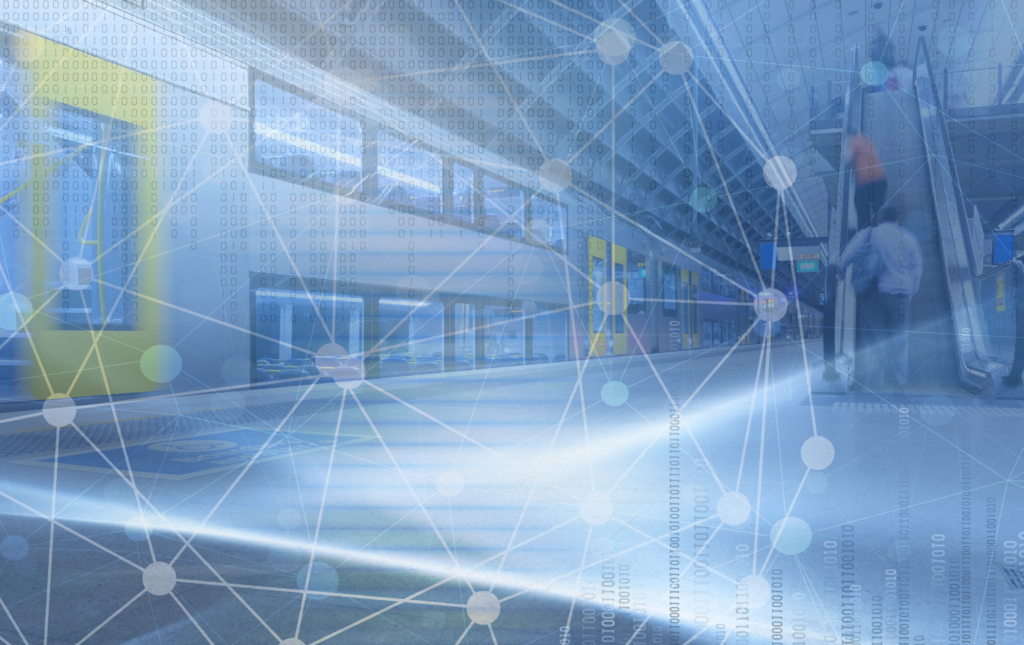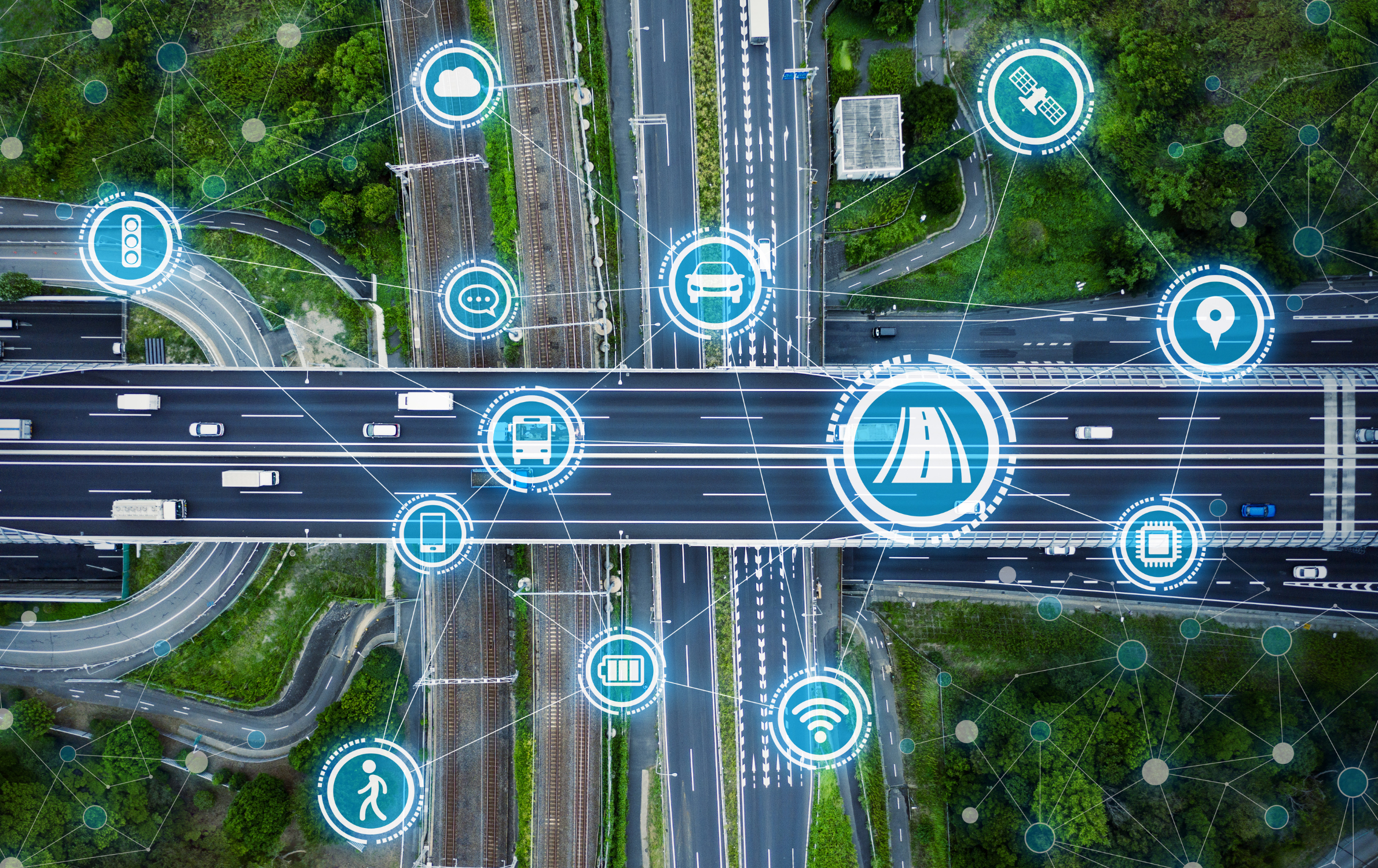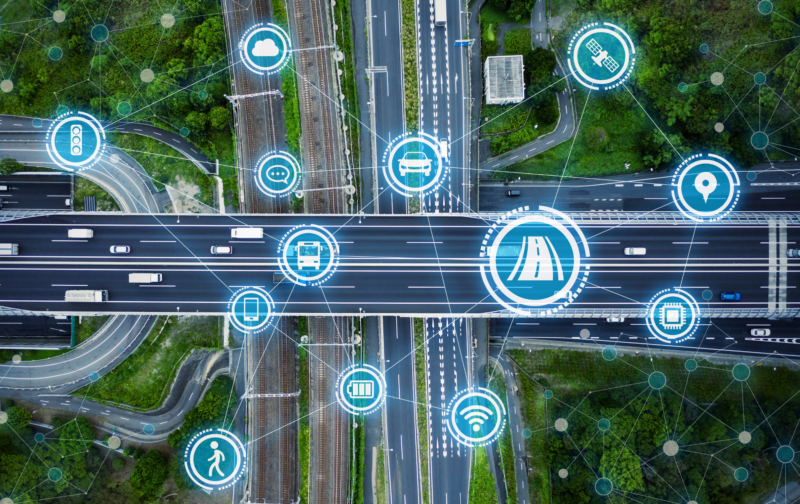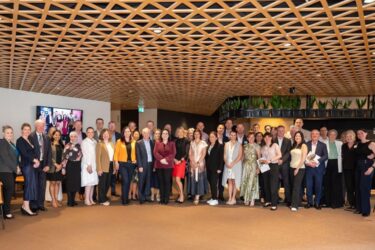Explore how asset management enhances lifecycle management by optimising efficiency, sustainability, and resilience through innovative strategies and advanced technologies.
Asset Management focus
Lifecycle management in complex projects involves comprehensive planning and execution from inception to decommissioning. With a vast majority of lifecycle costs incurred during the operational and maintenance phases, there is an imperative to plan programs from the start to maximise efficiencies. With modern technological advancements, heightened sustainability requirements, and resilience concerns, innovative strategies are essential. This article explores how having an asset management focus enhances lifecycle outcomes.
People and lifecycle
Despite the advent of advanced technologies such as Artificial Intelligence (AI) and Internet of Things (IoT), SYSTRA recognises that people remain a critical navigation component of the lifecycle management process. Ultimately there is a human factors element that creates, steers and monitors that set the boundary conditions.
With clients looking for innovation in maintenance, leaders are required to give a clear vision and strategy for managing the project lifecycle, including setting goals, aligning resources, and fostering a culture of innovation and continuous improvement. Especially in complex program environments, non-linear aspects require awareness and leadership that enable an adaptive collaborative culture where all stakeholders – including users, employees, suppliers, and customers – work together towards common goals and optimised contribution of the asset to achieving business performance outcomes.

Artificial Intelligence in Project and Asset Management
AI offers transformative potential for asset optimisation. It enables analysis of big data to enhance and adjust processes and enrich network connections. By leveraging AI, organisations can achieve significant improvements in efficiency, reliability and cost-effectiveness, and better align to achieving organisational outcomes. In conjunction with traditional asset performance monitoring techniques, predictive analytics and maintenance can be greatly enhanced to reduce costs over the long support timeframe. Intelligent proactive maintenance reduces the risk of unexpected failures by enabling targeted maintenance just-in-time that helps to maximise availably.
In large programs of high value, a ‘Digital Twin’ can be created and used to run multiple accelerated scenarios to analyse system behaviours and ultimately provide system optimisation. Alongside real-time analysis, schedule optimisation and provision of predictive insights allow for more-informed decision-making and resource allocation. These capabilities lead to more efficient, effective, and intelligent proactive maintenance, reducing costs and enhancing asset reliability.
An example of AI simplifying regular operational task is using AI-driven drones and robots for autonomous inspections of infrastructure, including providing real time data on Workplace Health and Safety (WHS) risks. These technologies can be used to perform detailed inspections in hard-to-reach or dangerous areas, identifying potential issues with great accuracy and maximised safety.
An example of large-scale AI when combined with logistics is Autonomic Logistics. AI-driven systems can be used to manage supply chain operations autonomously by optimising inventory levels, forecasting demand, and schedule deliveries without the need for manual intervention. This then frees human endeavours to conduct more productive work.
Simplifying the difficult and making it Business as Usual
- Easing Lifecycle Constraints Through Carbon Reduction Strategies
Sustainability is a critical consideration in modern project management. Reducing carbon emissions is not only environmentally responsible but increasingly mandated by regulations and community expectations. Employing strategies to limit or reduce carbon production during the asset lifecycle will have multiple additional benefits including improved public perception of the project and enhancing company environmental credentials. Throughout the lifecycle management of the asset, adopting sustainable procurement practices to minimise the environmental impact of materials and services must be managed to achieve carbon emission goals.
Dependant on the type and scale of program and facilities, deciding on energy sources and efficiency of equipment at the start of a program can significantly reduce future issues in program reporting when considering the carbon footprint of a project. Incorporating renewable energy sources are an easy and discernible method of reducing carbon emissions. Planning and using solar panels on infrastructure or other green energies alongside other options like efficient facilities having LED lighting, energy-efficient HVAC systems, and advanced insulation materials, all contribute.


- Security of Critical Infrastructure Act 2018
The Security of Critical Infrastructure Act 2018 (SOCI Act) has been enacted to ensure the protection and resilience of critical infrastructure. It requires operators of critical infrastructure to adopt robust security practices. Adopting the SOCI Act requirements into lifecycle management at the outset enables a smooth roadmap throughout the lifecycle.
Investments in the use of automated compliance monitoring tools and utilisation of testing against Digital Twins are ways projects can ensure ongoing adherence to SOCI Act requirements without incurring extensive human resource outlays. These tools can continuously scan for vulnerabilities, monitor network activity, and provide real-time alerts for potential cybersecurity risks and breaches.
Challenges and Future Directions
While these innovative approaches offer significant benefits, they also present challenges that need to be addressed. The use of highly connective and data driven solutions like AI, IoT, and digital platforms, brings about the need for assurance of data security and privacy. Robust cybersecurity measures and clear data governance policies are essential to protect sensitive information.
Interoperability and scalability allowing for different systems and technologies is critical for seamless integration and maximising potential for growth options. Standards and protocols need to be established to facilitate interoperability and data exchange. The adoption of advanced technologies requires investment in training and development to equip employees with the knowledge and skills needed to leverage these technologies effectively. Organisations must stay informed with evolving regulations and standards to ensure compliance to avoid potential legal and financial penalties. There is also the need to understand the limitation of these tools, and be knowledgeable where human professional judgement is still required.
Conclusion
Innovative lifecycle management is founded in leadership and the culture that enables a holistic approach. There are large benefits to be gained in the use of innovative technologies such as AI but we must be mindful of the constraints and boundaries like security and carbon reduction requirements. By embracing these innovative strategies, organisations can enhance project performance, sustainability, and security. As technology continues to evolve, these approaches will become increasingly important in managing the complexities of modern projects, paving the way for a more sustainable, efficient, and secure future.
Case Studies
Smart Cities and Sustainable Urban Development
Smart cities provide a practical example of integrating these innovative strategies into lifecycle management. By leveraging IoT, AI, and renewable energy, cities can optimise resource use, reduce emissions, and enhance the quality of life for residents. Barcelona and Singapore provide good examples:
- Barcelona: The city has implemented a comprehensive smart city strategy that includes smart grids, intelligent lighting systems, and renewable energy sources. These initiatives have led to significant energy savings, reduced carbon emissions, and improved urban mobility.
- Singapore: Singapore’s Smart Nation initiative focuses on leveraging digital technologies to create a sustainable and liveable city. The use of AI in traffic management, energy-efficient buildings, and advanced waste management systems are key components of this strategy.
Railway Projects
The Future Railway Mobile Communication System (FRMCS) is designed to support the digital transformation of railways, enhancing safety, efficiency, and passenger experience. Capabilities include real-time updates on train positions and speeds, as well as provide real-time data on track conditions, train performance, and passenger flow, allowing for predictive maintenance and efficient resource allocation. The integration of FRMCS and AI in railway projects can be seen in initiatives like the European Rail Traffic Management System (ERTMS) and the UK’s Digital Railway program.
- ERTMS: This initiative aims to create a standardised, interoperable railway system across Europe. By incorporating FRMCS, ERTMS enhances communication, safety, and efficiency, paving the way for a more connected and reliable railway network.
- UK Digital Railway: The UK’s Digital Railway program focuses on using digital technologies, including FRMCS and AI, to improve the capacity and reliability of the railway network. This includes real-time monitoring, predictive maintenance, and intelligent traffic management.
This article was first published in ICCPM’s Connect Magazine Issue 53 – August 2024.
Relevant Links

- services
Asset Management
Read more sur Asset Management
- markets
Preparing for the SOCI Act: How it affects Critical Infrastructure
Read more sur Preparing for the SOCI Act: How it affects Critical Infrastructure


 Brazil
Brazil  Canada
Canada  Chile
Chile  China
China  Columbia
Columbia  Denmark
Denmark  Egypt
Egypt  France
France  India
India  Indonesia
Indonesia  Ireland
Ireland  Italy
Italy  Malaysia
Malaysia  Norway
Norway  New Zealand
New Zealand  Panama
Panama  Peru
Peru  Poland
Poland  Portugal
Portugal  Saudi Arabia
Saudi Arabia  Singapore
Singapore  South Korea
South Korea  Spain
Spain  Sweden
Sweden  Taiwan
Taiwan  Thailand
Thailand  Türkiye
Türkiye  United Kingdom
United Kingdom  United States
United States  Vietnam
Vietnam 



